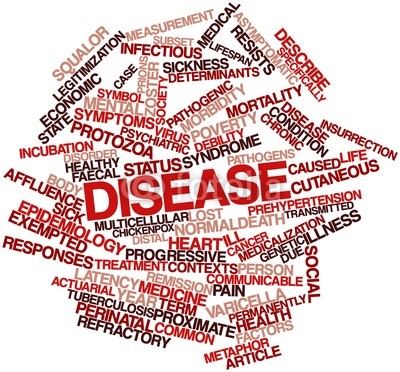 Bhopal, Madhya Pradesh, India
Bhopal, Madhya Pradesh, India dr.vaibhavdubey@gmail.com
dr.vaibhavdubey@gmail.com
Opening Hours : Monday to Saturay - 6 PM to 9 PM
Opening Hours : Monday to Saturay - 6 PM to 9 PM

Most individuals with hypochondriasis are now classified as having somatic symptom
disorder; however, in a minority of cases, the diagnosis of illness anxiety disorder applies
instead. Illness anxiety disorder entails a preoccupation with having or acquiring a serious,
undiagnosed medical illness (Criterion A). Somatic symptoms are not present or, if
present, are only mild in intensity (Criterion B). A thorough evaluation fails to identify a
serious medical condition that accounts for the individual’s concerns. While the concern
may be derived from a nonpathological physical sign or sensation, the individual’s distress
emanates not primarily from the physical complaint itself but rather from his or her
anxiety about the meaning, significance, or cause of the complaint (i.e., the suspected medical
diagnosis). If a physical sign or symptom is present, it is often a normal physiological
sensation (e.g., orthostatic dizziness), a benign and self-limited dysfunction (e.g., transient
tinnitus), or a bodily discomfort not generally considered indicative of disease (e.g., belching).
If a diagnosable medical condition is present, the individual’s anxiety and preoccupation
are clearly excessive and disproportionate to the severity of the condition (Criterion
B). Empirical evidence and existing literature pertain to previously defined DSM hypochondriasis,
and it is unclear to what extent and how precisely they apply to the description
of this new diagnosis.
The preoccupation with the idea that one is sick is accompanied by substantial anxiety
about health and disease (Criterion C). Individuals with illness anxiety disorder are easily alarmed about illness, such as by hearing about someone else falling ill or reading a healthrelated
news story. Their concerns about undiagnosed disease do not respond to appropriate
medical reassurance, negative diagnostic tests, or benign course. The physician’s attempts
at reassurance and symptom palliation generally do not alleviate the individual’s
concerns and may heighten them. Illness concerns assume a prominent place in the individual’s
life, affecting daily activities, and may even result in invalidism. Illness becomes
a central feature of the individual’s identity and self-image, a frequent topic of social discourse,
and a characteristic response to stressful life events. Individuals with the disorder
often examine themselves repeatedly (e.g., examining one’s throat in the mirror) (Criterion
D). They research their suspected disease excessively (e.g., on the Internet) and repeatedly
seek reassurance from family, friends, or physicians. This incessant worrying often
becomes frustrating for others and may result in considerable strain within the family. In
some cases, the anxiety leads to maladaptive avoidance of situations (e.g., visiting sick
family members) or activities (e.g., exercise) that these individuals fear might jeopardize
their health.